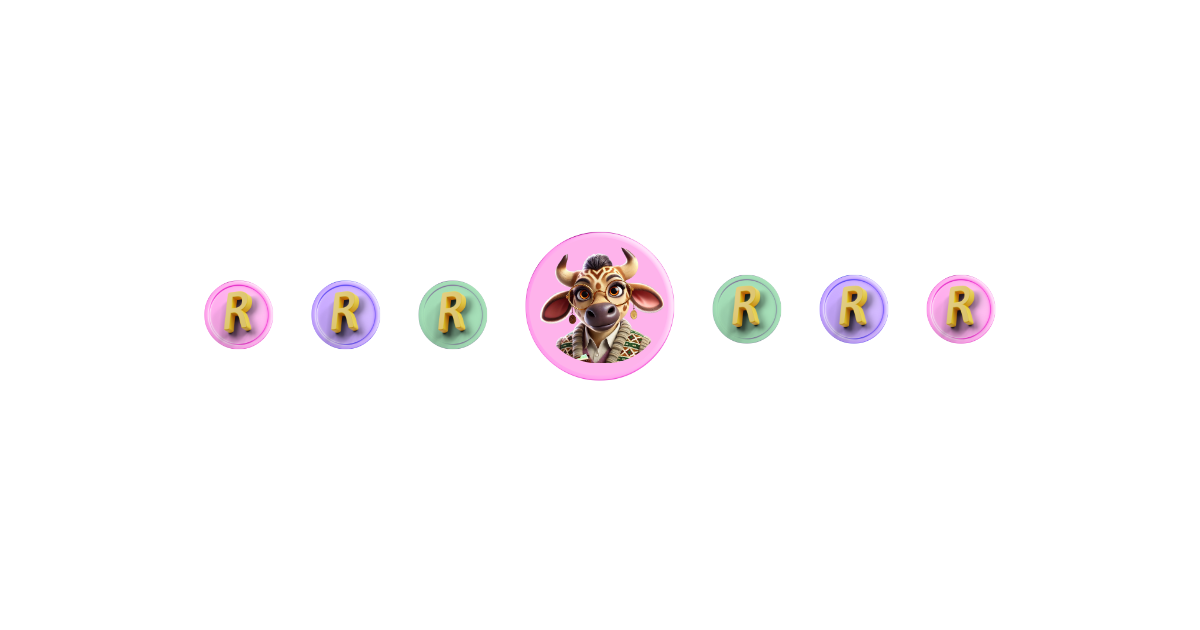.png)

Discover how to teach kids about compound interest with practical tips, mindset shifts, and a free savings template to show how small amounts grow over time
Small things become big things when you give them time.
Even as adults, compound interest can feel like a magic trick. Most of us only truly understand it once we’ve already missed out on its benefits.
The idea that something tiny can snowball into something huge just doesn’t line up with how our brains naturally work. We like to think in straight lines. But compound interest? It grows exponentially.
If we can help kids understand this early (coupled with what it means to be patient, consistent, and long-term in their thinking), we’re giving them a financial superpower most grown-ups are still trying to master.
1. A Mindset to Cultivate
Compound interest is often called “the eighth wonder of the world” because it feels magical.
But our brains don’t ’get’ exponential growth.
Psychologists call this the exponential growth bias: the tendency to underestimate the compound growth processes. It’s why people misjudge investment returns and even how fast debt piles up.
Imagine the edge a child has when they learn to trust that kind of growth.
They don’t need to rush or start with a lot. They just need to start.
Takeaway: Help kids see that time and consistency can be more powerful than size or speed.
Also read: How to teach kids about investing.
2. A Habit to Form
The best way for kids to get compound interest is to experience it for themselves.
Instead of waiting for a big deposit, encourage them to save small amounts regularly. Whether it’s a weekly R5 or R10 from pocket money, the point is to build the habit.
This makes saving feel normal, achievable, and rewarding. As they watch those small amounts grow, the message starts to stick: “a little now” really can become “a lot later.”
Takeaway: Normalise small, consistent savings to show how growth works.
3. A Tip to Try
Here’s a fun way to make compounding feel real (and kind of mind-blowing).
Ask your mini millionaire: “Would you rather get R1’000 today, or R1 that doubles every day for 30 days?”
Then do the math together.
The final number?
Over R500 million.
Yes—million.
The numbers only start to really snowball around Day 21. By then, it’s already past the R1 million mark.
This story (often told with a chessboard and grains of rice) is a brilliant, visual way to demonstrate compounding.
Takeaway: Make compounding real with a challenge they’ll never forget.
Got a cash gift from Granny? Put it toward something long term: How to teach kids to plan ahead with Granny’s gift.
Free Download: The Go & Grow Compounding template
This week’s free downloadable is the Go & Grow Compounding template. It’s a simple, powerful visual tool to help kids (and adults) see the magic of compound interest.
It shows how small monthly savings of R5, R10, R20, R50, or R100, can grow by the time they turn 30. There’s even a real example of a parent contributing R3’000 annually into a child’s TFSA.
Use it to start a conversation about saving, set a family goal, or just show your mini millionaire what’s possible with a little consistency and a lot of time.
Show them the flip side of compund interest: How to teach kids about debt.
